As both a physician and an enthusiastic amateur photographer, my visit in May 2025 to the training hall of the mountain rescue service in Bad Tölz/Gaißach, about 50 km south of Munich in Germany, was an unforgettable highlight. The continuing medical education organised by the local medical district association took us to the Mountain Rescue Centre for Safety and Training – and what I experienced there deserves attention, also for the readers of MMC35 who are always keen on unusual perspectives and photographic opportunities.
This hall is anything but ordinary. About 20 metres in height, it contains a complex interior structure with artificial rock faces, cable car cabins, chair lifts, roof sections, a steep slope, a water basin and even underground tunnels. The wide glass façades are particularly striking: they were deliberately designed to offer direct views of the Alpine panorama in the distance, ensuring that the mountain environment always remains present during training.
At the heart of the facility are two lifelike helicopter cabins: one of the Airbus H145 type and another modelled on the AS332 Super Puma. Both are mounted on flexible systems, allowing for realistic flight and rescue scenarios with different rotor and wind configurations. This makes it possible to simulate a wide range of conditions – from compact cabins with a narrow rotor field to larger models with powerful downwash.
Scenarios that can be practised here include winch rescues from cable cars, evacuations from rooftops, extractions from flooded vehicles, and operations on steep terrain. A powerful wind generator recreates rotor downwash, while loudspeakers simulate the authentic soundscape – you feel and hear the helicopter right above you. In combination with fog generators, the effect is strikingly close to reality.
For alpine missions, a cold chamber is available, replicating harsh winter environments. The underground passages allow for training in cave or avalanche rescues, complete with fog, darkness, narrow spaces and poor visibility. As a doctor, I found it especially valuable to participate actively rather than merely observe.
With my Ricoh GR III, I captured the atmosphere of the hall. I took these images along the way, whenever an opportunity presented itself, and always without disrupting the training flow. Many of them I deliberately rendered in black and white to emphasise the drama, strong contrasts and intensity of the moments.
It quickly becomes apparent how much these realistic conditions enhance learning: situations can be paused, analysed, corrected and repeated without risk. In medical terms – handling patients beneath a hovering cabin, providing treatment during winching, or communicating effectively under stress – the training feels remarkably authentic.
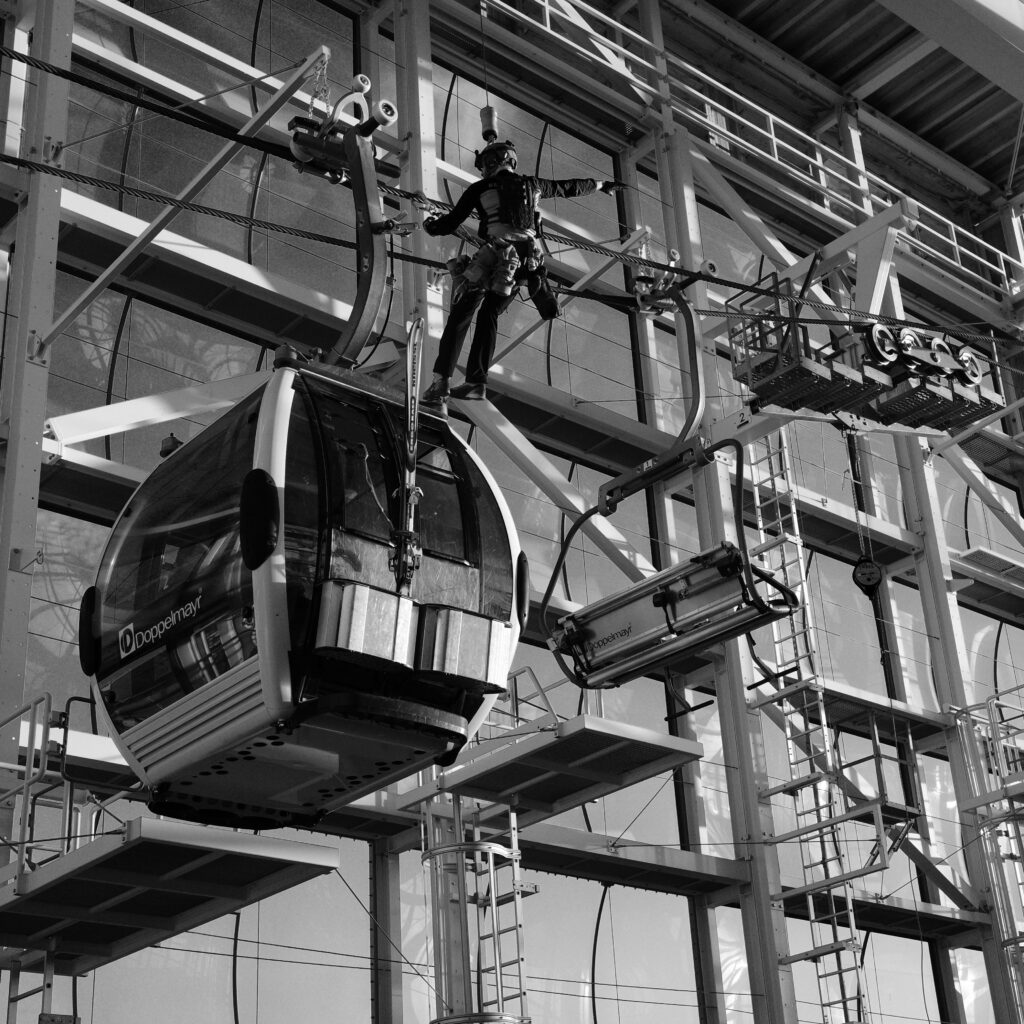
Equally impressive is the diversity of organisations using the facility: not only the mountain rescue service, but also the police, fire brigades, water rescue units, disaster relief organisations, and even military and special forces from abroad. This turns the centre into more than just a regional training ground – it is an international hub of expertise for air and technical rescue.
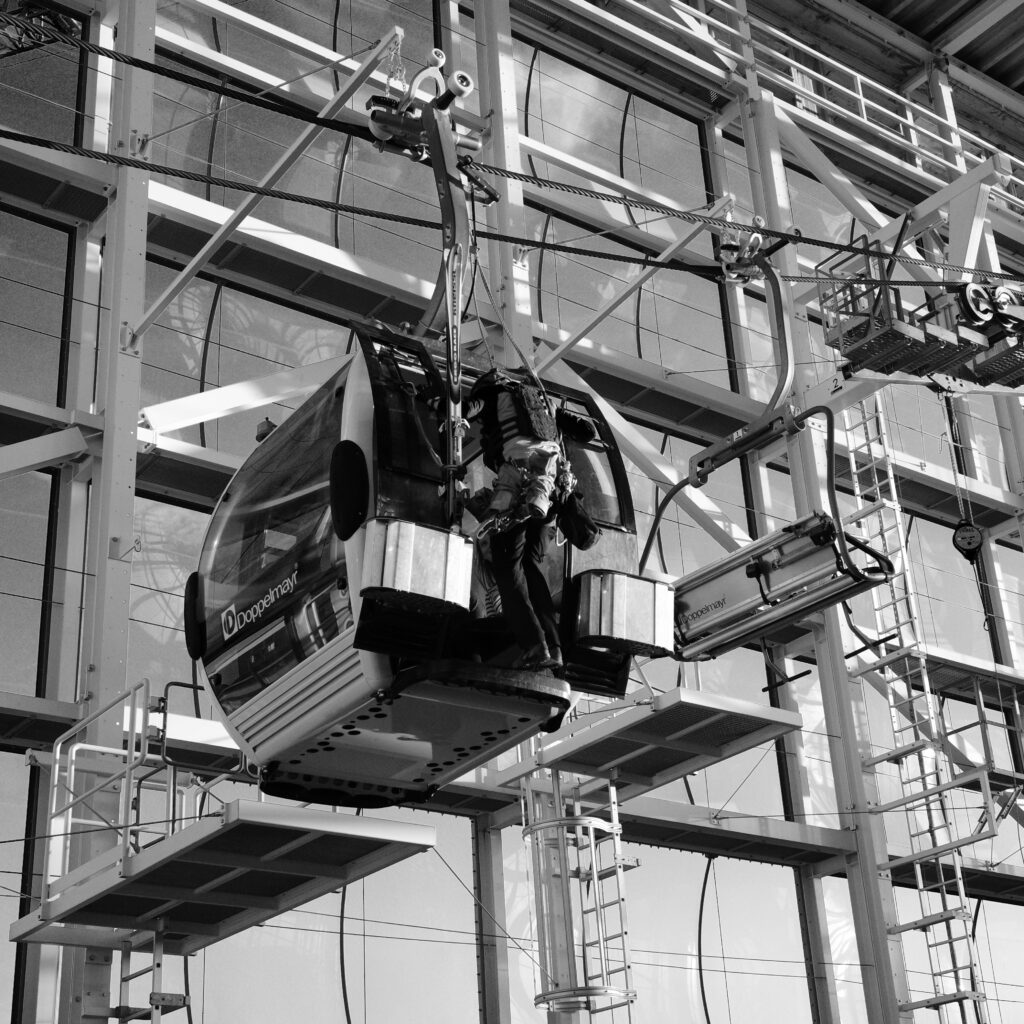
For photographers, especially the 35mmc community, it offers a playground of visual opportunities: dramatic lighting, fog, dynamic movements, reflections in water, and the rare chance to capture authentic rescue atmospheres without real danger.
Conclusion: The training hall of the mountain rescue service near Munich is undoubtedly one of the most advanced facilities worldwide for helicopter rescue under realistic conditions. For me, it was one of the most rewarding professional training experiences this year – producing intense black-and-white images on my Ricoh GR III, taken discreetly alongside the exercises, and gaining many valuable insights into medical rescue practice.
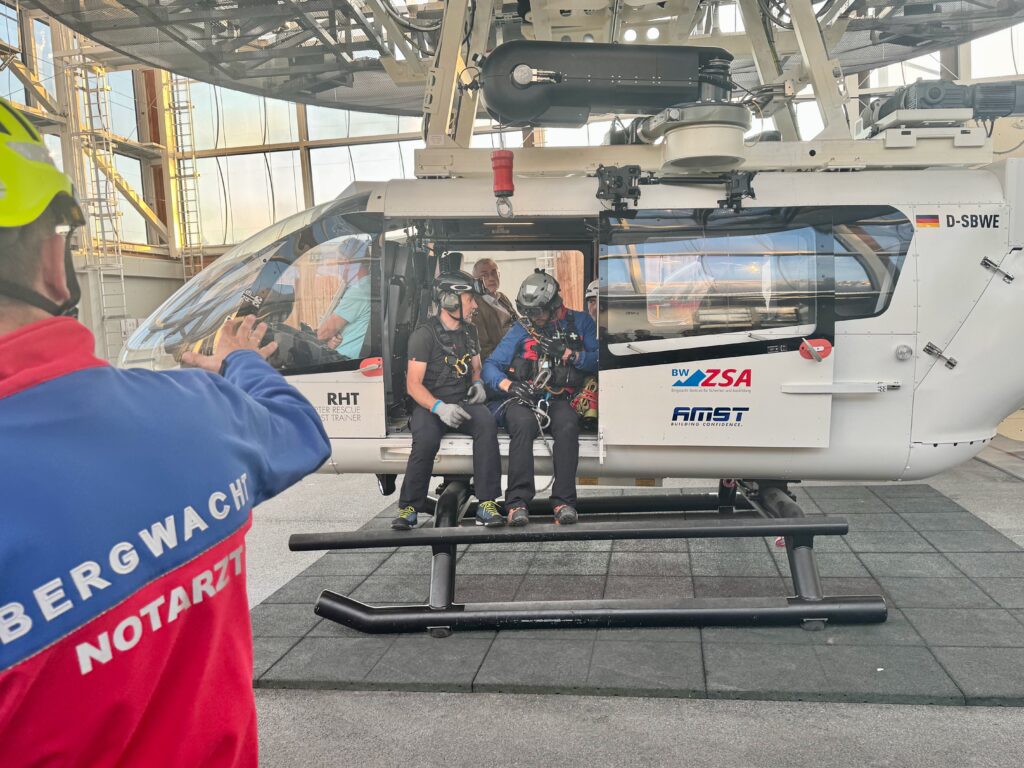
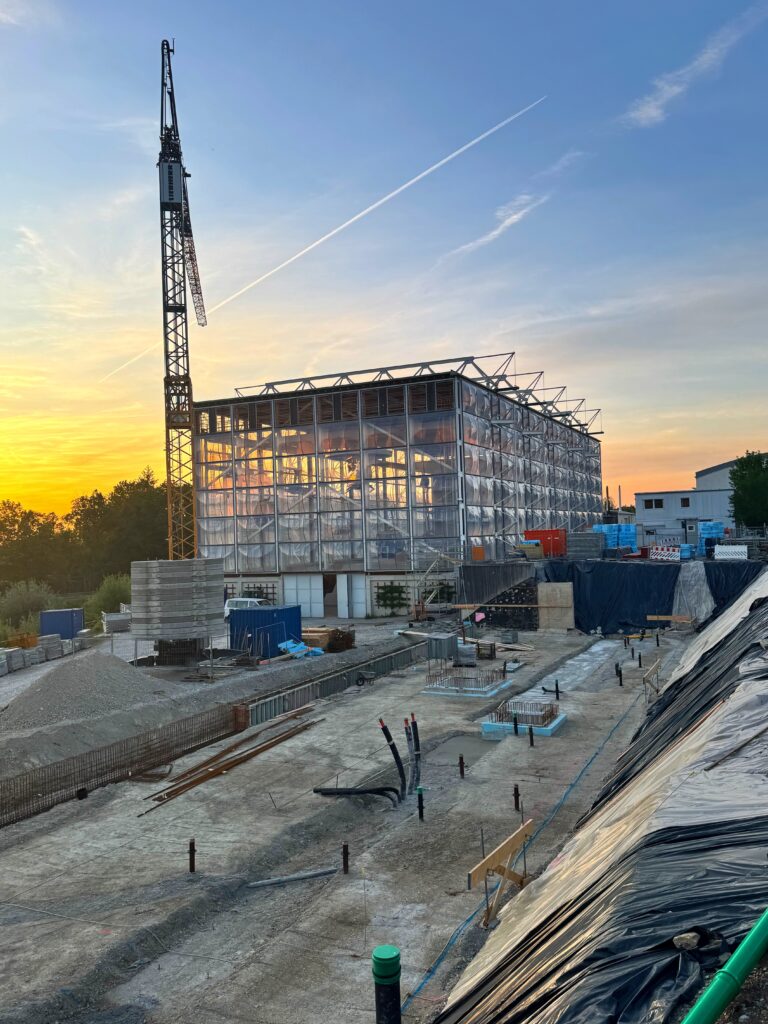
Share this post:
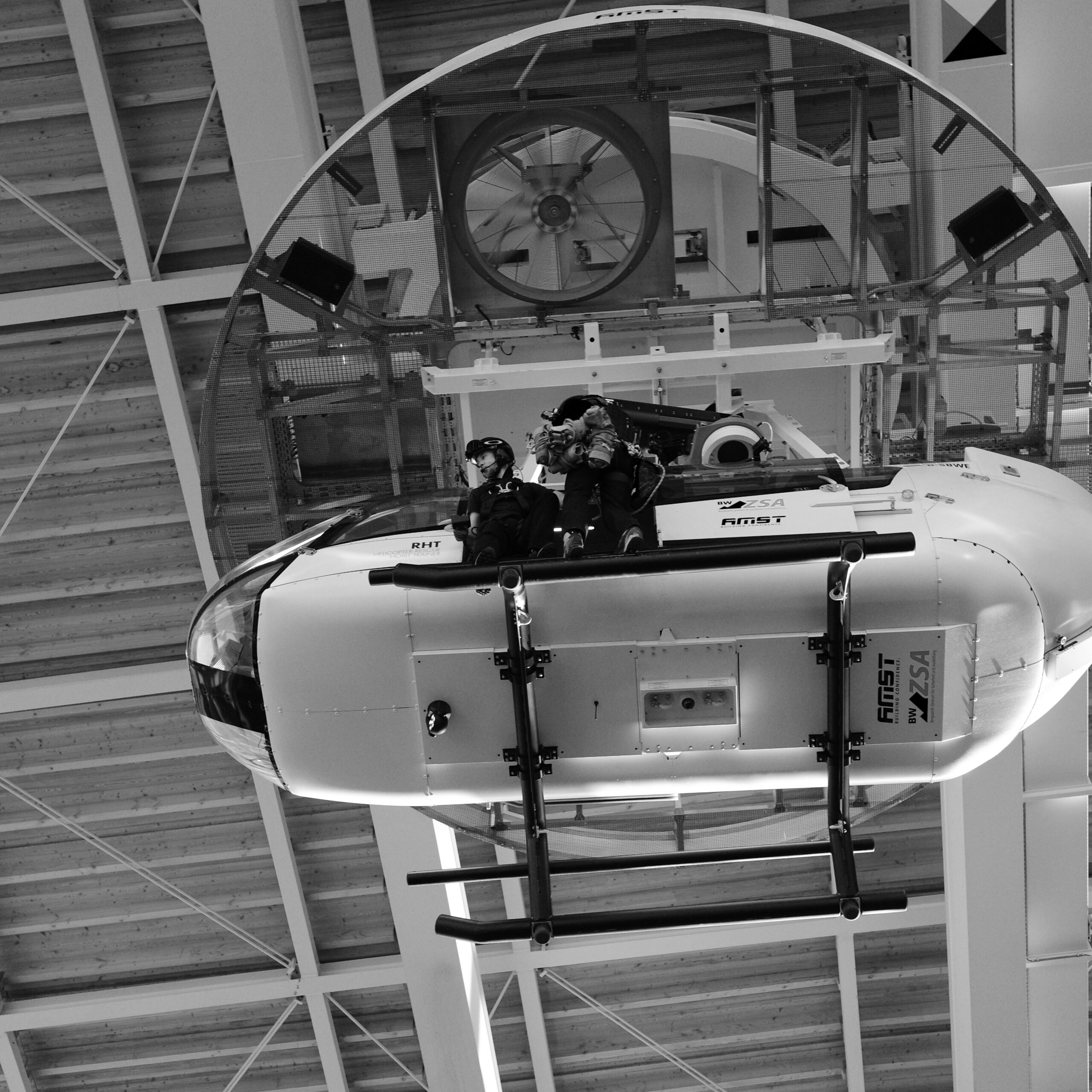
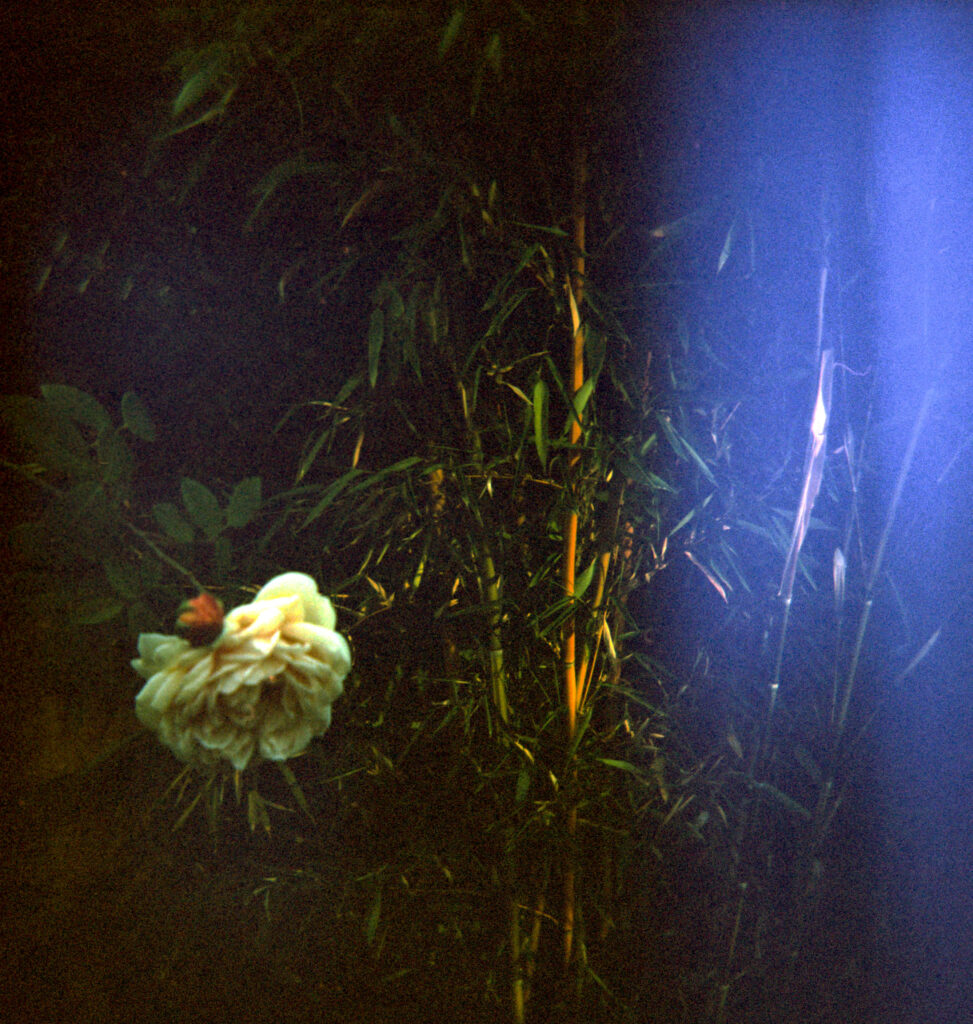
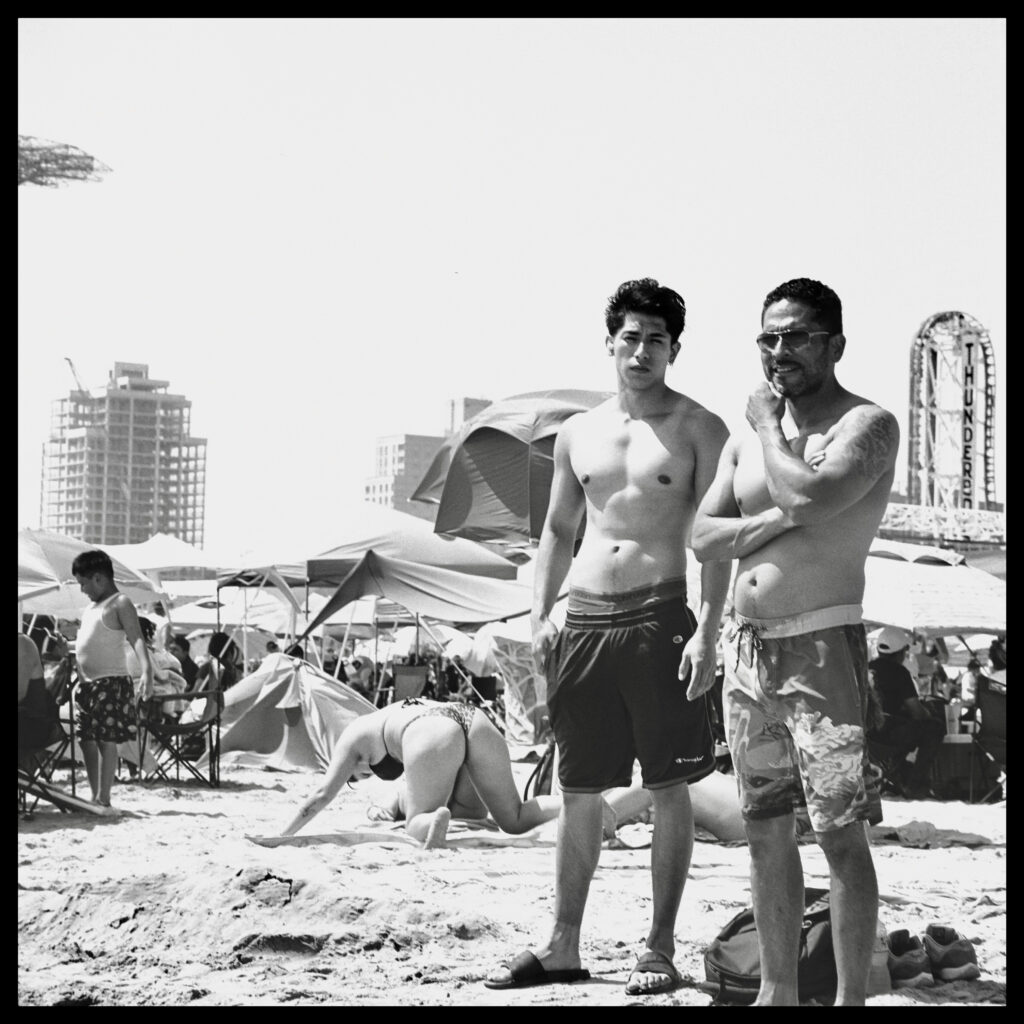
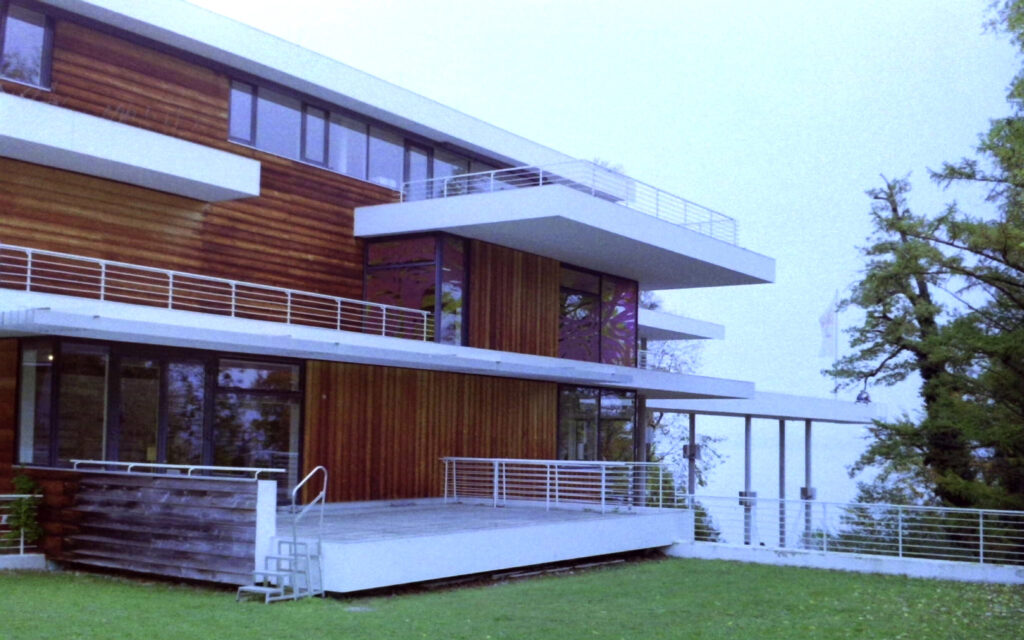
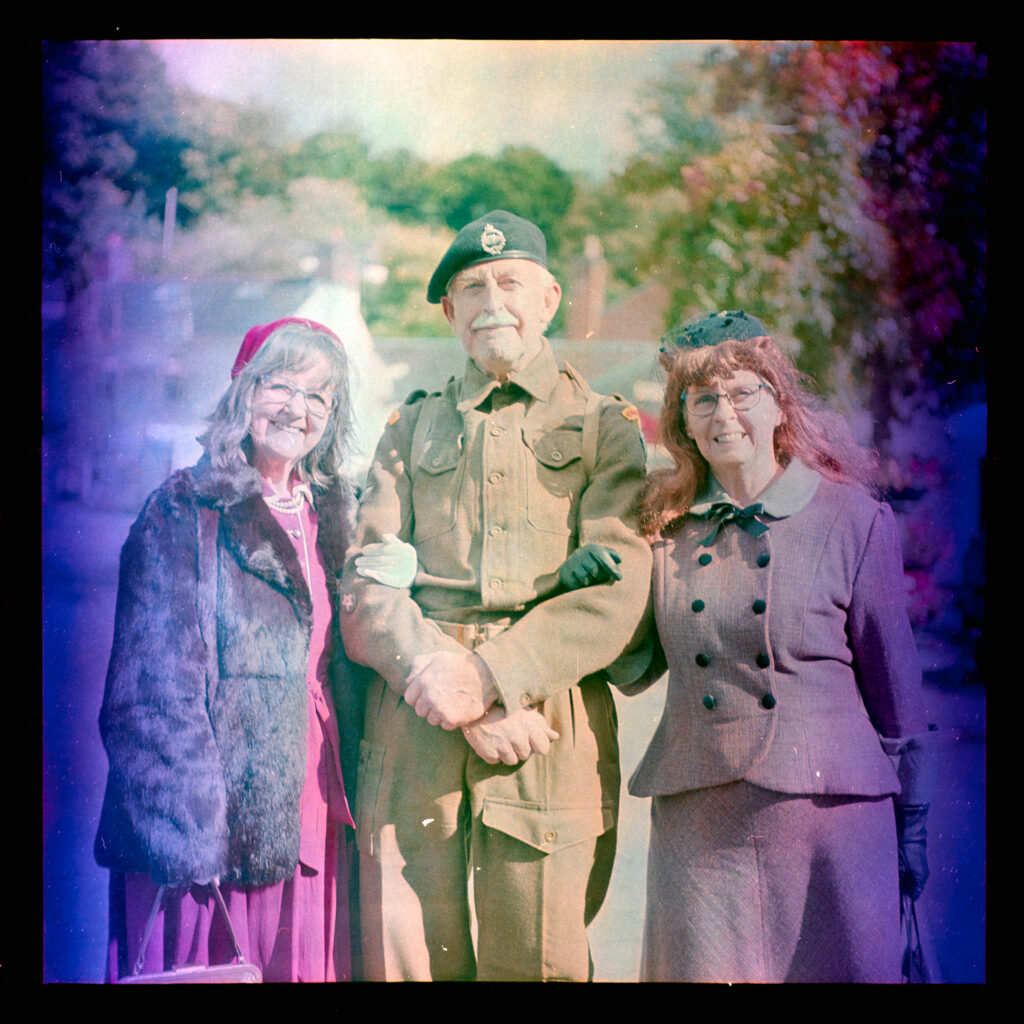
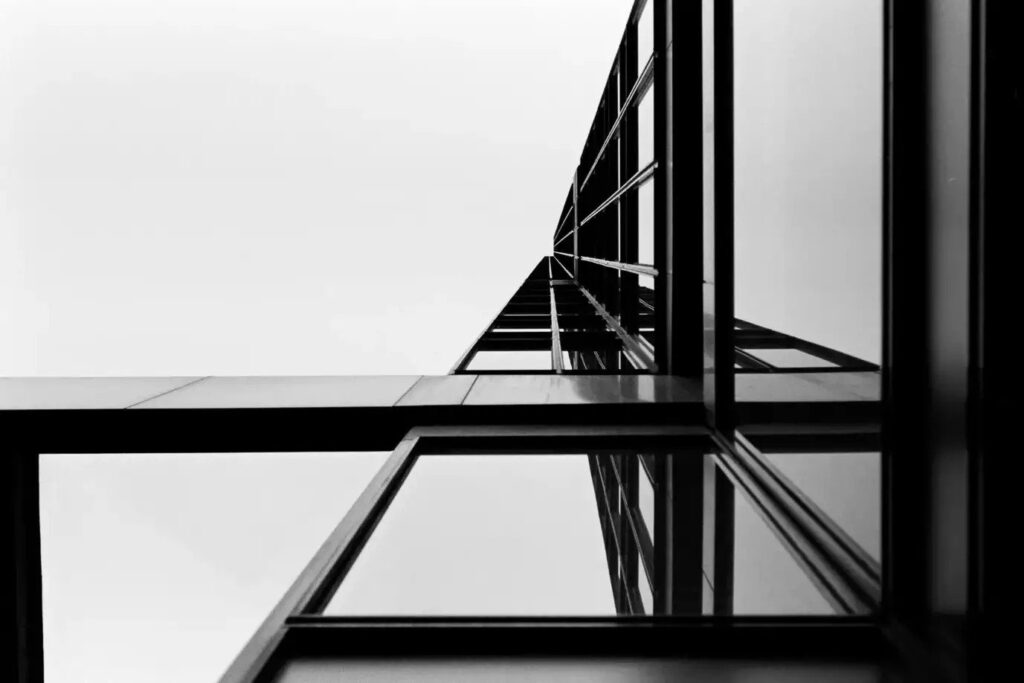
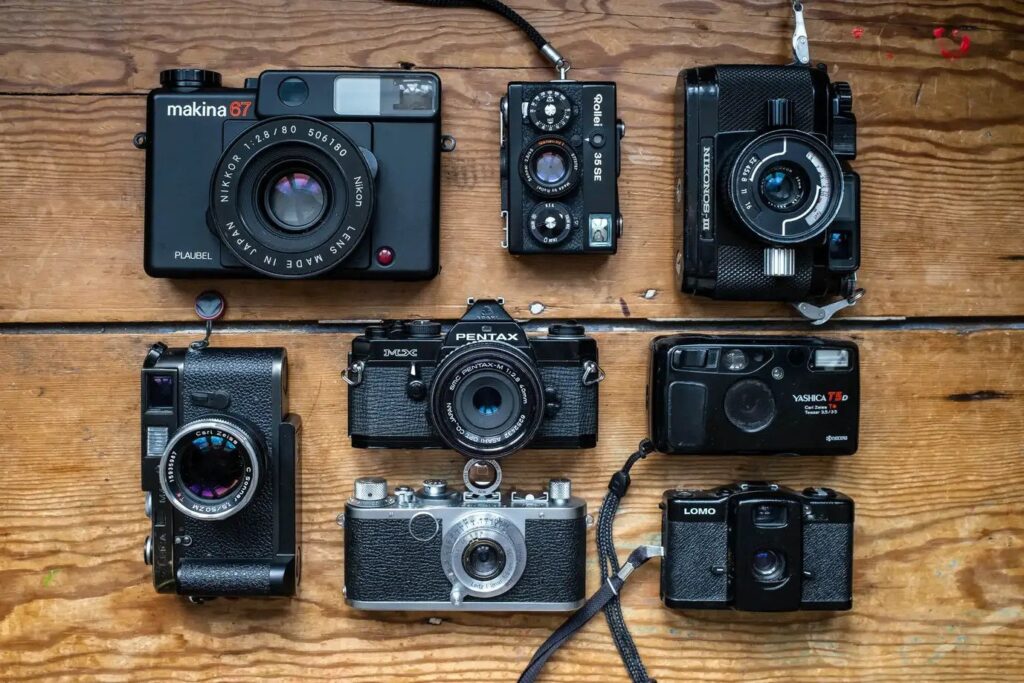
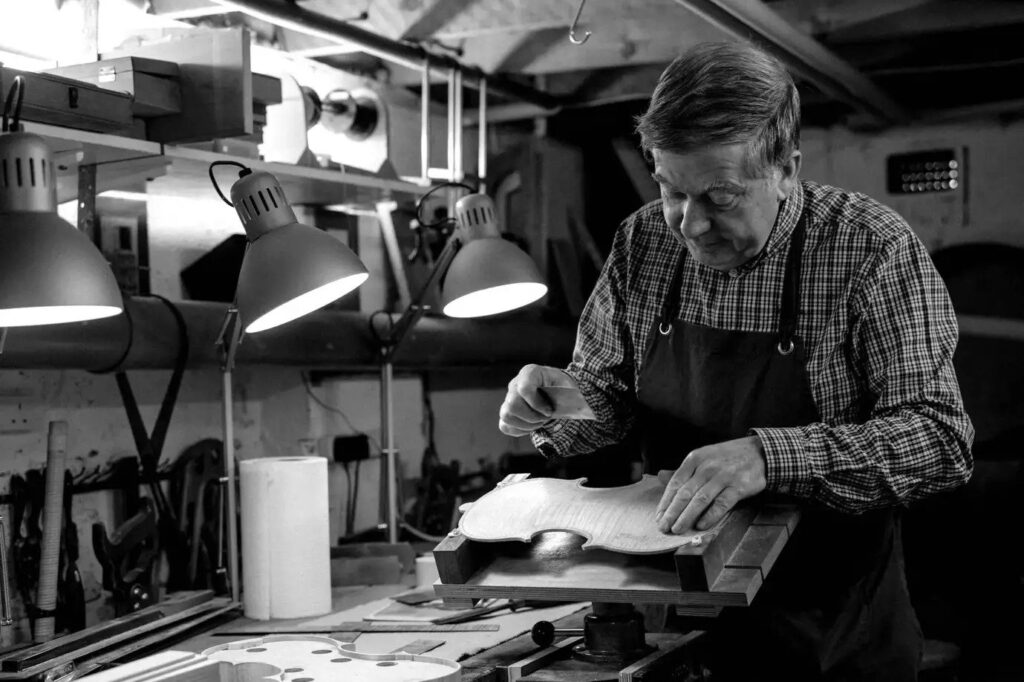
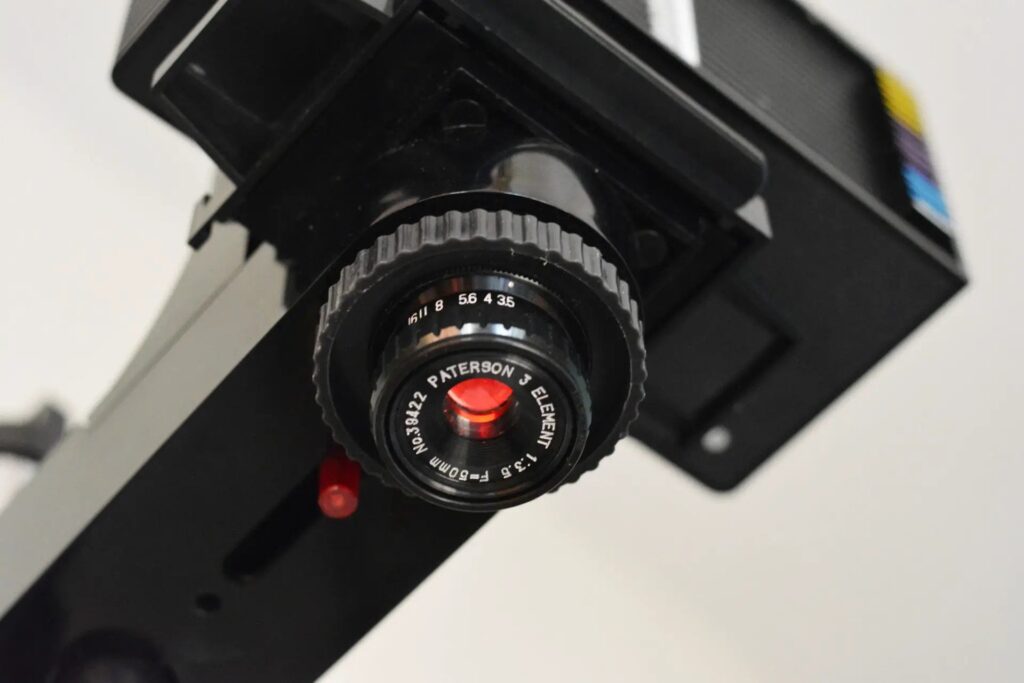
Comments
Jeffery Luhn on Unique Mountain Rescue Training Hall near Munich – and my Ricoh GR III Impressions
Comment posted: 28/10/2025
Wow, that's an impressive training facility! I enjoyed reading about the weather simulations. Very good quality B&W images.
It takes a certain adventure seeking personality to pursue a career like that. Thank goodness there are people that do it!
Jeffery
Gary Smith on Unique Mountain Rescue Training Hall near Munich – and my Ricoh GR III Impressions
Comment posted: 28/10/2025